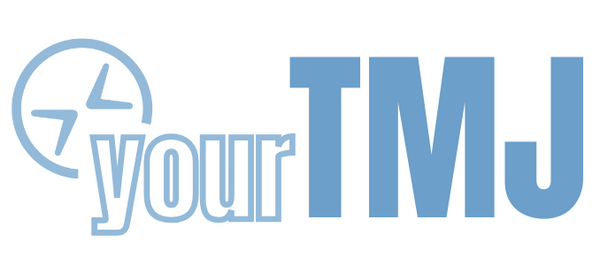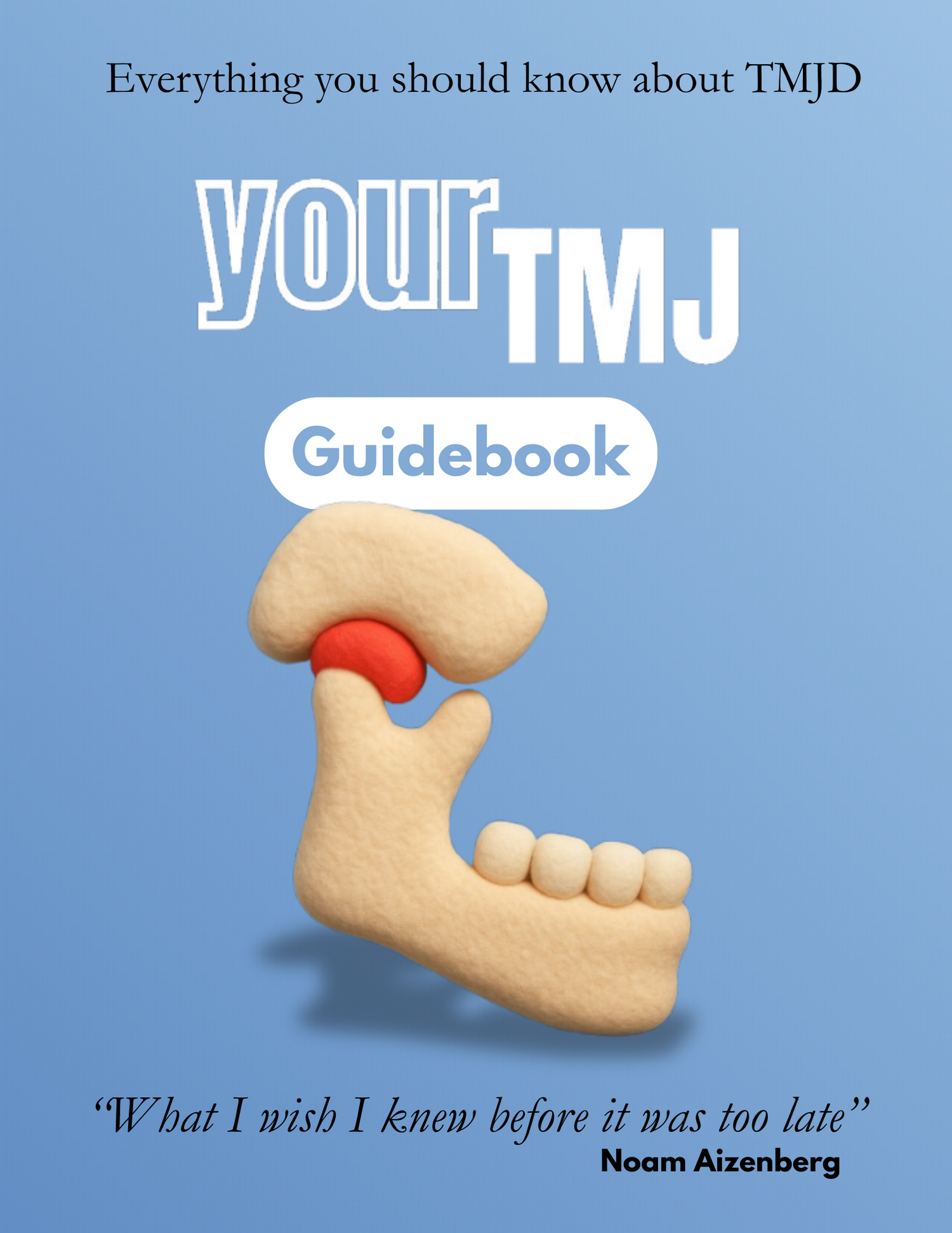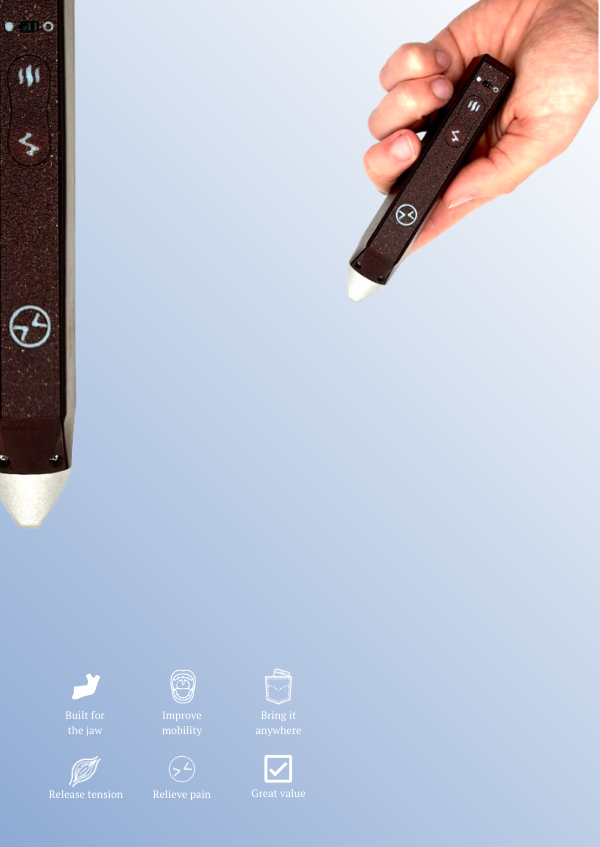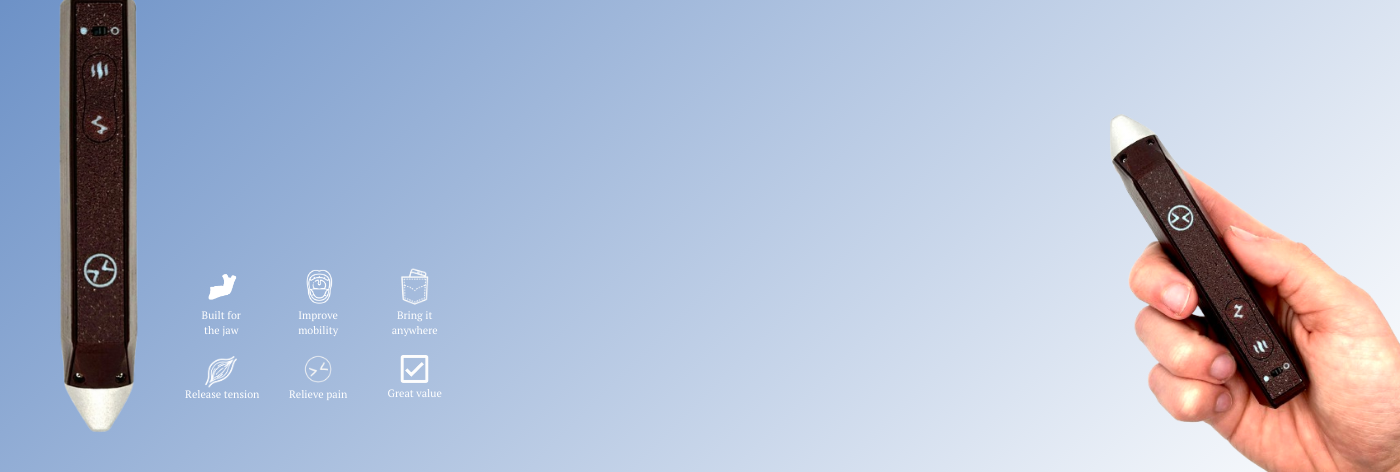Can TMJ Cause Tinnitus?
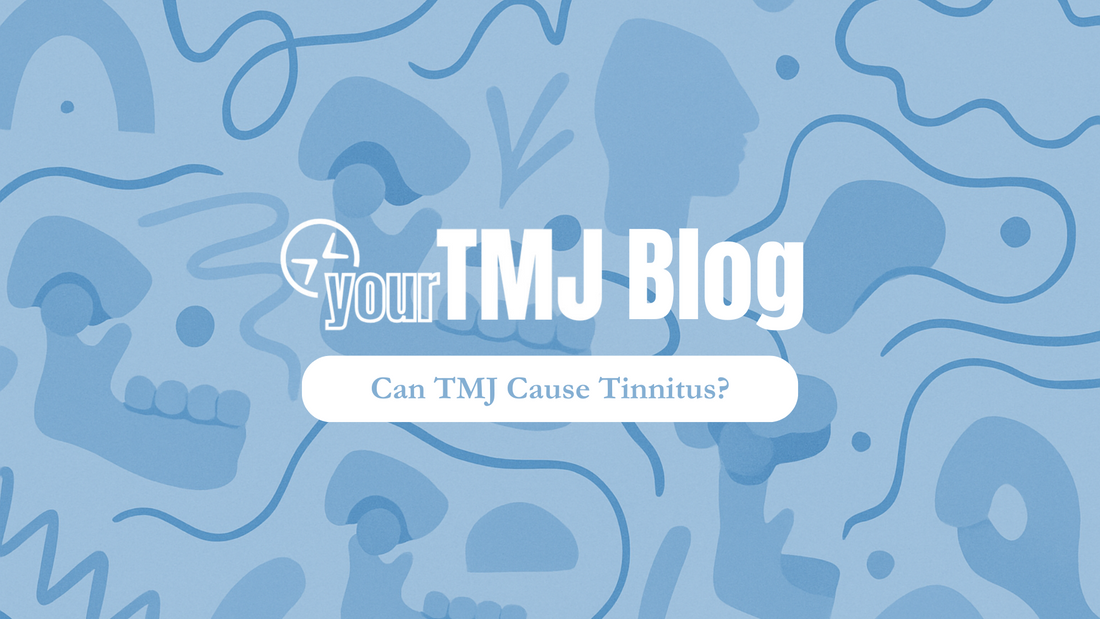
If you’ve been hearing a faint ringing in your ears—maybe only at night, maybe constantly—you’re not imagining things. And if you've been to an ENT and they have no idea what's wrong, it might actually be connected to your jaw. TMJ Disorders (or TMD for short) can absolutely cause tinnitus in a large number of patients. In fact, ear dysfunction is one of the more commonly reported symptoms… even though hardly anyone talks about it.
This article is going to explain why TMJ and tinnitus are connected, what's actually happening in your body when it shows up, and what you can do about it. But just know—this isn't a quick five-minute fix. TMJ Disorders are messy, multi-layered, and often misunderstood even by professionals. Which is why, at the end of this post, you’ll find a free 76-page guidebook I wrote for people who want a clear, honest, and research-backed path to understanding and treating their TMJ Disorder—including at-home PT exercises and ways to reduce symptoms like tinnitus starting today.
The Link Between TMJ and Tinnitus
Let’s be clear: tinnitus is a symptom, not a diagnosis. It simply means you're hearing sounds that aren't caused by any external noise—usually a high-pitched ring, hum, or hiss. While most people associate tinnitus with ear damage or hearing loss, there’s a less talked about cause: dysfunction in your jaw joint and surrounding muscles and ligaments.
TMJ Disorders can absolutely cause or worsen tinnitus. And it’s not just anecdotal. Studies have found that a significant percentage of people with TMD also experience tinnitus, and in some cases, treating the jaw actually improves or eliminates the ringing.
So… what’s going on?
Why Does TMD Trigger Tinnitus?
There are a few different mechanisms at play, and honestly, it can vary person to person. But based on the current research and understanding of TMJ anatomy, here are the most likely causes:
-
The ligament connection
The TMJ and ear are incredibly close together, which is why you shouldn’t find it surprising that there is a physical link between them.
One of the strongest links is the “oto-mandibular” ligaments (literally ear-jaw ligaments). There are 2, but the biggest culprit connects between the retrodiscal tissue of the TMJ and a little bone in the ear called the “malleus” that plays an important role in transmitting the vibrations from sound to the inner ear.
This may sometimes be the culprit in feeling ear related symptoms because if you stretch this ligament you’re throwing the very sensitive ear system out of balance.
-
The inflammatory connection
There’s a small bony gap located between the TMJ and the middle ear. It serves as a passageway for nerves and blood vessels as well as the disco malleolar ligament mentioned above. Because it’s a direct link between the TMJ and inner ear, it may become a pathway for inflammation to spread from the jaw joint to the ear.
It’s called the petrotympanic fissure, and when you deal with a bunch of inflammation in the TMJ, it can easily leak into middle ear structures and disturb the balances in pressure. Just keep in mind that this is a vast oversimplification.
-
Eustachian Tube
This is a small passageway that runs between the middle ear and back of the throat as a sort of air pressure valve for the ear. It’s why your ears feel full when taking off in an airplane. This tube is normally “closed” to prevent infections from spreading to the ear and for keeping the air pressure stable. But when the outside air pressure changes rapidly, you feel it; until you yawn, chew, or swallow, which opens up the tube to equalize pressure again!
Unfortunately for us, this tube runs very close to the TMJ. Even the muscles used in opening and closing the tube are linked to jaw movement. If they can’t contract properly to open, you can get pressure build up in the ear.
Tightness and inflammation can also mess with the nerves needed to operate it.
-
Nervous system
As mentioned, the trigeminal nerve has several branches that run near the TMJ. Importantly, the ones that control muscles responsible for controlling sound modulation in the ear.
It’s possible for these nerves to be compressed/entrapped by TMJ muscles or bones and cause tinnitus and pain. We can discuss further in the Trigeminal Neuralgia section below.
These ear problems can be pretty brutal because there’s not a lot of symptom relief out there. You have to work out the underlying problems with the TMJ or surrounding muscles. You can follow the postural and strengthening methods laid out in “the postural fix” section.
Red Flags That Your Tinnitus Might Be TMJ-Related
Here are a few signs that your tinnitus could be stemming from your jaw, not your ears:
-
You also experience jaw pain, clicking, or popping.
-
Your symptoms started around the same time as a dental procedure, injury, or change in bite.
-
Chewing, yawning, or jaw movement makes the discomfort worse or better.
-
You have muscle pain or tightness around your temples, face, or neck.
If any of these apply, it's possible the source isn’t deep inside your ear—it’s coming from your jaw.
So… What Can You Do?
Here’s the hard truth: tinnitus is a notoriously difficult symptom to eliminate completely. But when it’s caused by TMD, it often responds better than other types—because it’s not related to nerve death or ear damage. It’s related to mechanics, muscles, and inflammation. And that means there’s a LOT you can do.
Step 1: Address Jaw Posture
One of the first things to fix is something called retracted mandibular posture. Basically, most people with TMJ issues let their jaw sit too far back in the socket, which compresses the retrodiscal tissue and surrounding nerves—possibly causing ear symptoms.
Shifting the jaw slightly forward (2-4mm) can decompress the joint. Over time, this subtle change alone has helped reduce ear pressure and ringing for many.
Step 2: Treat the Muscles
You need to reduce chronic muscle tension in the face, jaw, neck, and even shoulders. This includes:
-
Internal and external masseter massage
-
Lateral and medial pterygoid release
-
Heat therapy (especially for muscular tension)
-
Targeted physical therapy exercises to strengthen the jaw stabilizers
Even just a few minutes a day can start to unwind months (or years) of tension buildup.
Step 3: Correct Sleep, Breathing, and Postural Habits
Forward head posture, nighttime clenching, and open-mouth breathing can all make things worse. You need to make sure your tongue is resting on the roof of your mouth, your lips are sealed, and your jaw stays slightly forward—especially while sleeping.
There’s more on this in the guide, but if your airway is compromised at night, it could be triggering the clenching and inflammation that sets this whole chain reaction in motion.
Next Steps
If you want to actually understand what’s going on in your body—and take the first real steps toward fixing it—I put together a 76-page guidebook that breaks down TMJ Disorders from top to bottom. It includes the exact at-home exercises, posture changes, and self-treatment techniques I wish I had years ago. You can get it free at the link below.
